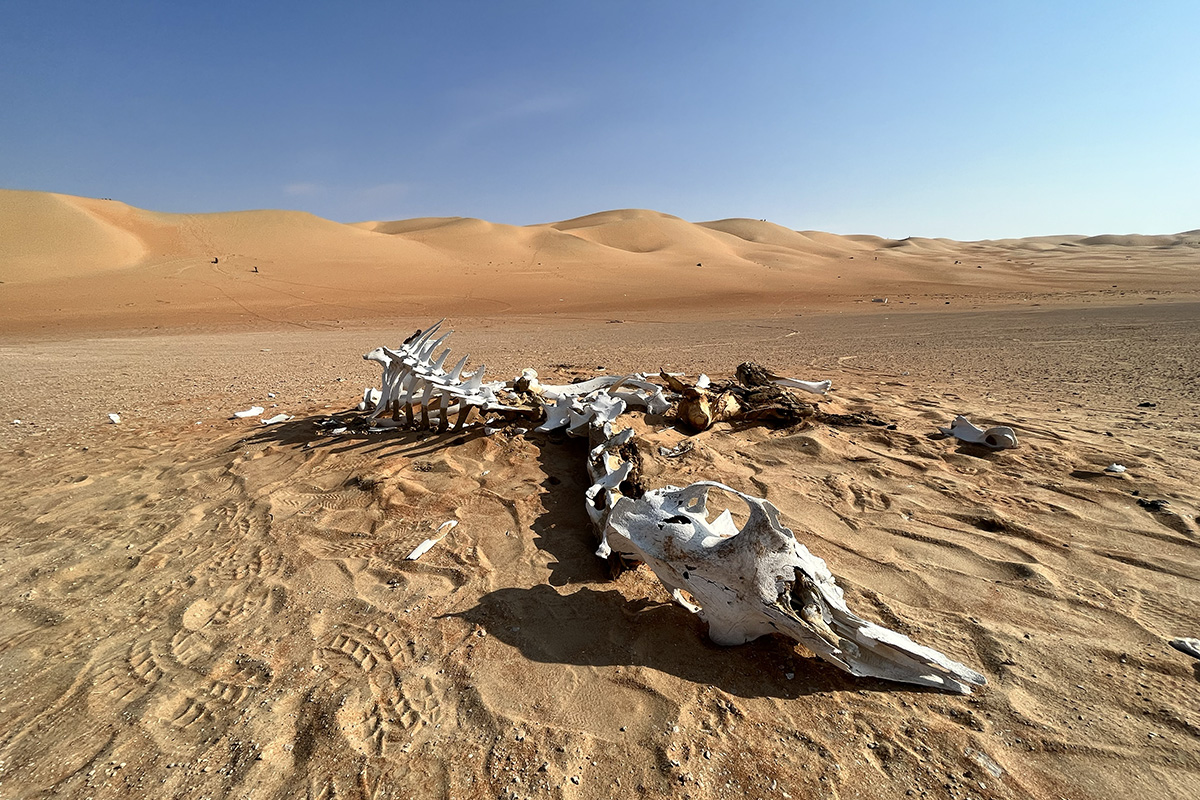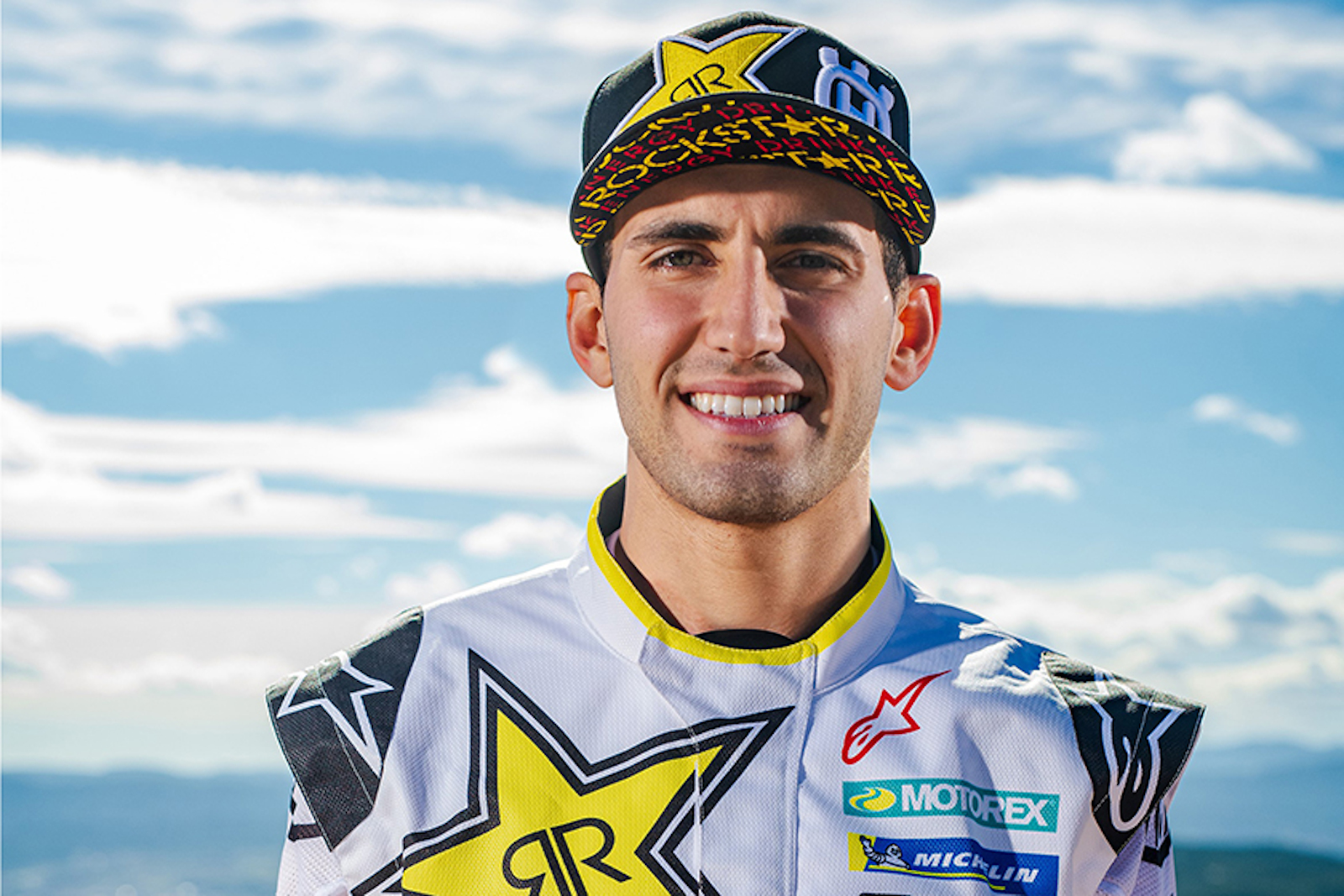Dakar 2025: First details revealed – January 3-17 dates, mass starts & 1000km, 48hr chrono stage
Dakar Rally Race Director David Castera officially launches the 47th edition on January 3 to 17 in Saudi Arabia with a “souped-up” version of the 48hour chrono stage promised over nearly 1000 kilometres.
Presenting the first details of the 47th edition at the Les Comes off-road park, near Barcelona, race director David Castera revealed the dates and plans laid down for the sixth edition of the Dakar Rally to be hosted in Saudi Arabia.
Promising another tough one (what else?!), the next edition of the Dakar will run on a course stretching from Bisha in the south west, horse-shoeing up around and down across 14 days racing and 12 stages to Shubaytah in the endlessly sandy south east.
Those numbers mean Dakar will again feature a 48h chrono stage across two days counting as one (cue more comedy videos on social media of veteran rally drivers struggling with pop-up tents), plus five specials with separate courses for bikes and cars/trucks and a mass-start concluding the “three-day adventure in the Empty Quarter” which will bring the race to a close next year.
Bisha Bivouac opens the show
Two days of technical and administrative scrutineering checks will see the base camp is set up in Bisha, away from any urban centres ahead of the prologue on January 3.
“A great deal of thought has gone into fine-tuning the look and feel of the start camp in Bisha”, the organisers say, for an opening few days ahead of the race which see a small village and great atmosphere as competitors gather and prepare.
In line with the tradition of staying put for the first few days of the rally, the finish line of the prologue will be right in the heart of the bivouac which, they say, will be the first time that a stop point is placed next to the podium.
Nearly 1000km for the 48h Chrono stage
The concept of a long stage divided between two days in which the competitors have to spend the night in one of several “bare-bones” bivouacs scattered across the desert was a big hit with racers and viewers alike last year. Not least for the drama of compeitors being split in separate camps depending on their progress (the leading bikes covering an epic amount of distance on day one leaving just a sprint on day two), plus the chaos among the title contenders in the cars as to who could set up a tent…
A “souped-up” version of the same idea is returning for the 2025 edition, now clocking in at 950 km (up from 540km in 2024) and on more varied terrain alternating fast and technical sections which should slow down that progress and reduce the gaps compared to 2024.
The other factor is riders and crews will face this challenge in the opening week of the ’25 Dakar which means gaps could open up on the leaderboard early, and not just in the dunes.
Separate courses across five stages
Five stages of the 2025 Dakar will take place on separate courses in order to reduce the number of times that cars have to overtake motorbikes and trucks cacth-up with the lower order of two-wheel competitors.
It’s an “addition to boost safety” they say plus it entertainingly places the leading car crews at the front of the field and forces them to navigate without the benefit of the riders’ tracks – always worth noting the difference that makes!
The specials as ever will get going as soon as the sun peeks over the horizon which means earlier starts for the car crews (no difference for the bikes FYI), ensuring the FIA specials take place during the day, limiting late arrivals in the bivouac.
The trucks will also have their own separate course in one of the stages held in the Empty Quarter.
Two marathon stages
Riders will be without their service teams on two occasions at the ’25 Dakar. A traditional marathon stage will add to the near 1000km 48h chrono mentioned above, with a dedicated bivouac that will be off limits to the mechanics and crews.
Keeping the machines in one piece over a distance of more than 800km (up by 200km from last year) will be the name of the game.

Empty Quarter: Shubaytah at the end of the road
Dakar discovered Shubaytah first in 2020. This bivouac on the edge of the vast Empty Quarter desert has featured for the last two editions as the base camp.
This time round, Shubaytah will mark the end of the adventure, much like a beacon leading the competitors to the exit after a three-day battle among chotts and dunes, including a special stage stretching for more than 400km – which will be a tough one after two weeks. The final stage will see competitors (by class) begin with a mass start.
Dakar Classic opens to vehicles from the noughties
Dakar Classic fans will note the competition will be open to cars and trucks registered between 2000 and 2005 – though still not bikes sadly.























